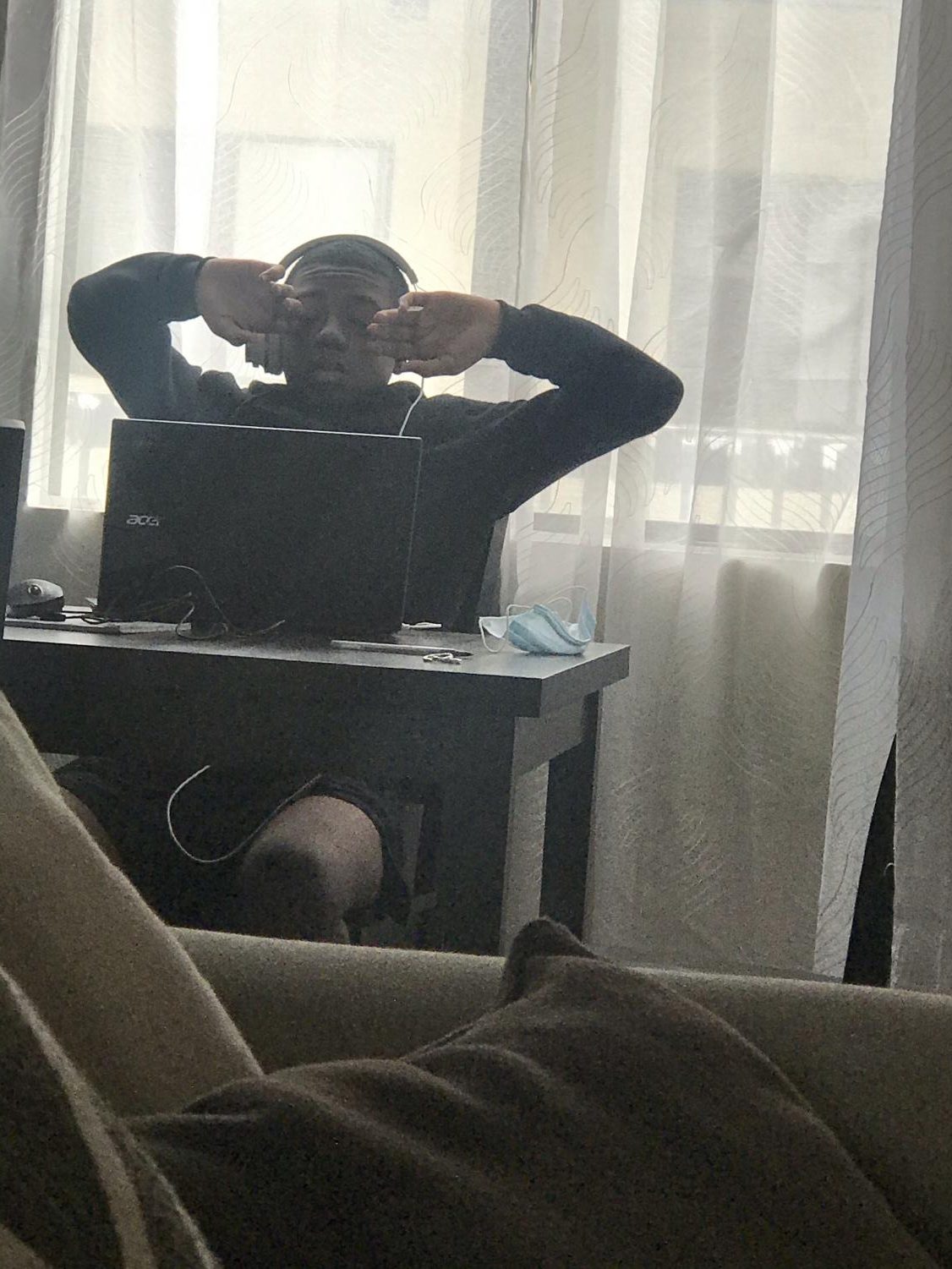Shortly after US Senator Kamala Harris had been sworn into office in 2017, she was speaking at her stepdaughter’s high school when a student raised her hand and asked, “What are we going to do about a divided America?” Harris distinctly remembered that question and, at a town-hall meeting at the Long Beach Convention Center on Friday, April 6, explained to a crowd of local residents how relevant the answer is today.
“It broke my heart,” Harris said. “Here these kids are– they should be coming out knowing that they can be whatever they want, they should be dreaming with their eyes wide open about the possibilities for their future– I looked at her and I said, ‘You know, I reject the premise. I do not believe we are divided. I believe, based on all of my personal and professional experiences, based on the things that I have seen and known, that the vast majority of us have so much more in common than what separates us.”
Public health
Harris went on to explain how the government has three main roles.
“You should also understand that government has three essential functions– public health, public safety and public education,” she said. “We’ve got to support and put resources into all three, understanding that is just the noble cause and reason for being of government, and it must perform its job and do it in a smart and effective way that is relevant to the people– meaning, making sure that we give all people access to those three.”
As for public health, Harris stated that health care should be considered a right and not a privilege.
“We should not be playing politics with public health,” she explained.
As a result of the politicization of health care, the debates surrounding it are ongoing.
Harris explained how, for seven years, Republicans were trying to get rid of the Affordable Care Act (ACA) that was signed under former President Barack Obama. She stated that the party began to politicize the act and coined it Obamacare. Then, Donald Trump took office, and his administration made repealing and replacing the ACA their No. 1 priority.
“It was interesting to see that some of the town halls that would happen in so-called red states, folks would show up and say, ‘Yeah, get rid of that Obamacare, but this here health care I got right now, I like this,’” Harris said while laughing with the audience. “Even though it was not perfect, what it did was it dealt with things like pre-existing conditions and said that that should not be a barrier to having access. It said that it should not be a deficit if you happen to be a woman, and therefore, responsible for reproducing the human race, that you should not have barriers to your ability or have to pay more for your ability to have access to reproductive health care.”
The outcome of the ACA supports the theme of commonality Harris discussed at the beginning of the town-hall gathering.
“Back to my earlier point,” she said. “We should look at a victory in terms of the people speaking and understanding there are certain things we all have in common. What ended up happening is that people in so-called red states and so-called blue states and purple states spoke up and said, ‘Don’t play politics with our health care.’”
The attempt, according to Harris, to repeal and replace Obamacare was defeated because of the people who stood up and spoke out exhibiting “the beautiful system of democracy.”
“As we are going through these days, and we are shouting at the TV, and we are wringing our hands, and we are having all of these feelings of anxiety and frustration,” Harris said, “let’s remember also that, again, it may not be perfect, but we designed a beautiful system of democracy in terms of making sure that the people can have a voice, and hopefully, will be heard.”
Education
Toward the end of the town-hall gathering, Harris began answering questions from the audience.
A resident asked that, since “Long Beach is an education town, what can we do to support your efforts, and where do you see the federal government and U.S. Senate? What could you do to help us improve locally within
the education area as well?”
“One of the best ways to achieve safety in a community, much less productivity and success in a community, is to focus on educating our young people,” Harris responded. “Those are just dollars better spent.”
Harris added that she is also in favor of tuition-free college.
“There are so many of our students right now that are sitting back, you know, out of high school, in high school or sitting down at the kitchen table with their parents looking at the numbers and wondering does it make any financial sense for them to go to college,” she described. “Those that do, end up with a burden in terms of student-loan debt that is literally distracting them from their ability to thrive and to be creative and to succeed. It is causing a lot of our kids actually going to bankruptcy without an ability to actually refinance or deal with the bankruptcy. So, those are some of the things that I could use your help on to make sure that we are loud and clear about the need to reform what we are doing at the federal level around that.”
In addition, the current education system, according to Harris, is quite outdated.
“We have to fund education,” she said. “We have to understand that, frankly, we have got to bring education forward 150 years. […] In terms of what we can do to be more effective around educating our children, it’s about resources, it’s about valuing our teachers and paying them for what they do. We are giving them the resources and not requiring them to be the school nurse, the guidance counselor, and the therapist and God forbid asking them to go to school with a gun. Right?”
Harris said that, as jobs transform and fit the standards of the 21st century, schools and education should as well.
“Let’s begin to think about how we can modernize our education system in a way that we achieve greater equities,” she said.
A version of this article was first published for The Signal Tribune.







